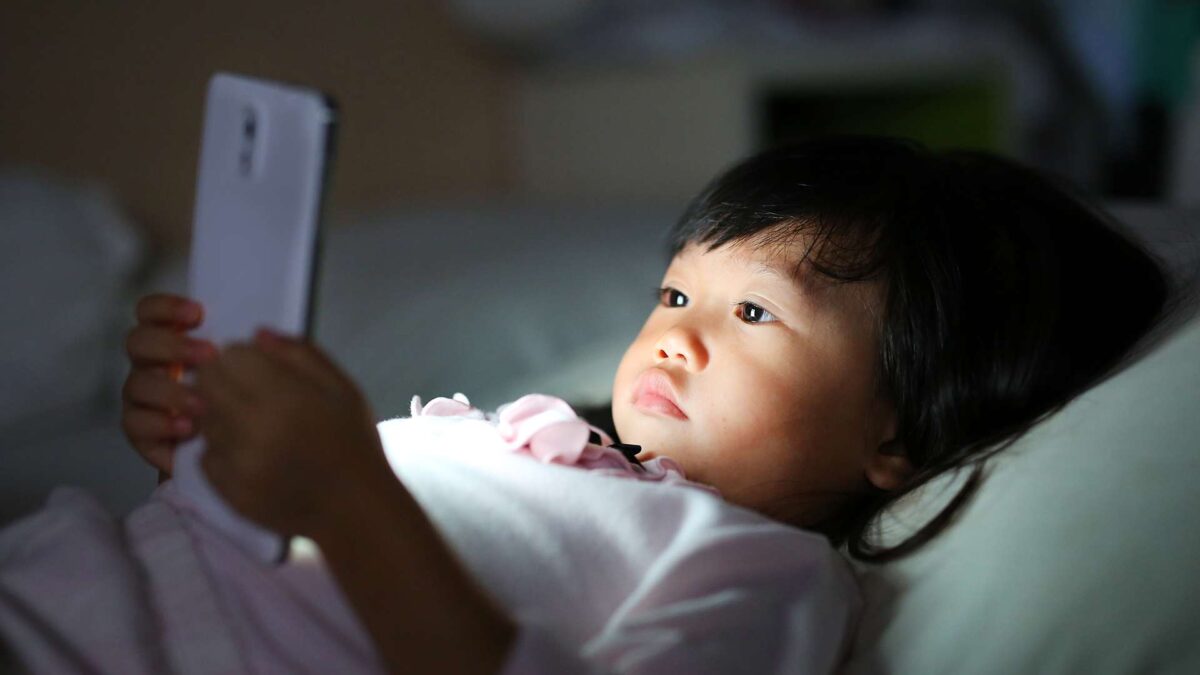It’s a common and cute sight: babies, especially in their early months, staring at bright lights. Whether it’s sunlight streaming through the window or the glow of a lamp, babies seem captivated. But what’s really going on in their little minds when they fixate on these light sources? Explore Probabyguide for more tips on understanding your baby’s early behaviors. In this article, we’ll explore several reasons behind this behavior from a developmental perspective, psychology, and sensory experiences.
The Development of Vision in Babies
Newborns are still developing their senses, and vision is one of the most crucial. Right after birth, babies can only see about 8 to 12 inches in front of them, which is perfect for focusing on your face while feeding. However, as their eyesight improves, they start noticing more around them. This includes bright light sources that grab their attention. Experts believe that babies’ fascination with lights is linked to the way they process visual stimuli. In fact, a study published by The Journal of Neonatology suggests that the light contrast in their environment is an exciting new experience, making lights stand out.
As babies grow, their vision becomes sharper, and they begin to explore how different objects and colors appear. So, if your baby stares at a lamp or the sun (safely, of course), they may just be trying to understand and learn more about the world.
Sensory Exploration: The Role of Bright Lights
Babies are naturally curious, and this curiosity extends to how they interact with their environment. Lights, being bright and visually stimulating, are irresistible to many babies. When babies stare at lights, they’re not just looking at them; they are engaging with their environment in a sensory way. Research shows that babies’ brains are wired to focus on high-contrast objects, and lights often present that contrast. Whether it’s the harsh glow of a lamp or the twinkling stars at night, babies are in a constant state of sensory exploration.
This behavior might also be part of a larger developmental stage where babies begin to recognize patterns and learn about cause and effect. It’s a fascinating part of how their brains form connections.
Related: The Ultimate Guide to Choosing the Best Jogging Stroller for Running
Why Some Babies Are More Drawn to Lights
Not all babies react the same way to lights. Some might gaze at them for a long time, while others may be more interested in other objects around them. If you’re wondering why your baby stares at lights more than other babies, it might have something to do with their temperament. Some babies are naturally more sensitive to sensory inputs, including light. This could be a factor of their individual development or how they experience the world.
Additionally, some babies might find lights soothing or calming. This is often seen in babies who are fussier or have difficulty falling asleep. The gentle glow of a nightlight can act as a form of sensory regulation, helping them feel more secure in their environment.
Creating a Safe Environment for Your Baby
While it’s normal for babies to be fascinated with lights, it’s essential to ensure that their curiosity doesn’t lead to harm. Always make sure that any light source they stare at is safe. Bright, direct light can be harmful to their developing eyes, especially if they are staring at it for extended periods. Be sure to protect your eyes from potential damage by avoiding direct eye contact with harsh light sources.
When setting up your baby’s room, make sure to use soft, dim lights, especially for nighttime. This will create a cozy atmosphere for them without overwhelming their senses. You can even use products like the best baby loungers to help your baby feel comfortable while observing their environment, including lights, from a safe distance.
Conclusion: Understanding and Embracing Your Baby’s Curiosity
It’s perfectly normal for babies to stare at lights. This behavior is rooted in their developing vision and sensory exploration. As they grow, their fascination with lights may fade, or it could shift to other objects that grab their attention. By understanding the reasons behind this behavior, you can create a safe and nurturing environment for your little one to continue exploring and learning.
Whether it’s the calming glow of a nightlight or the bright shine of the sun, your baby’s natural curiosity is a sign of healthy development. Embrace it as a part of their journey toward understanding the world around them.





